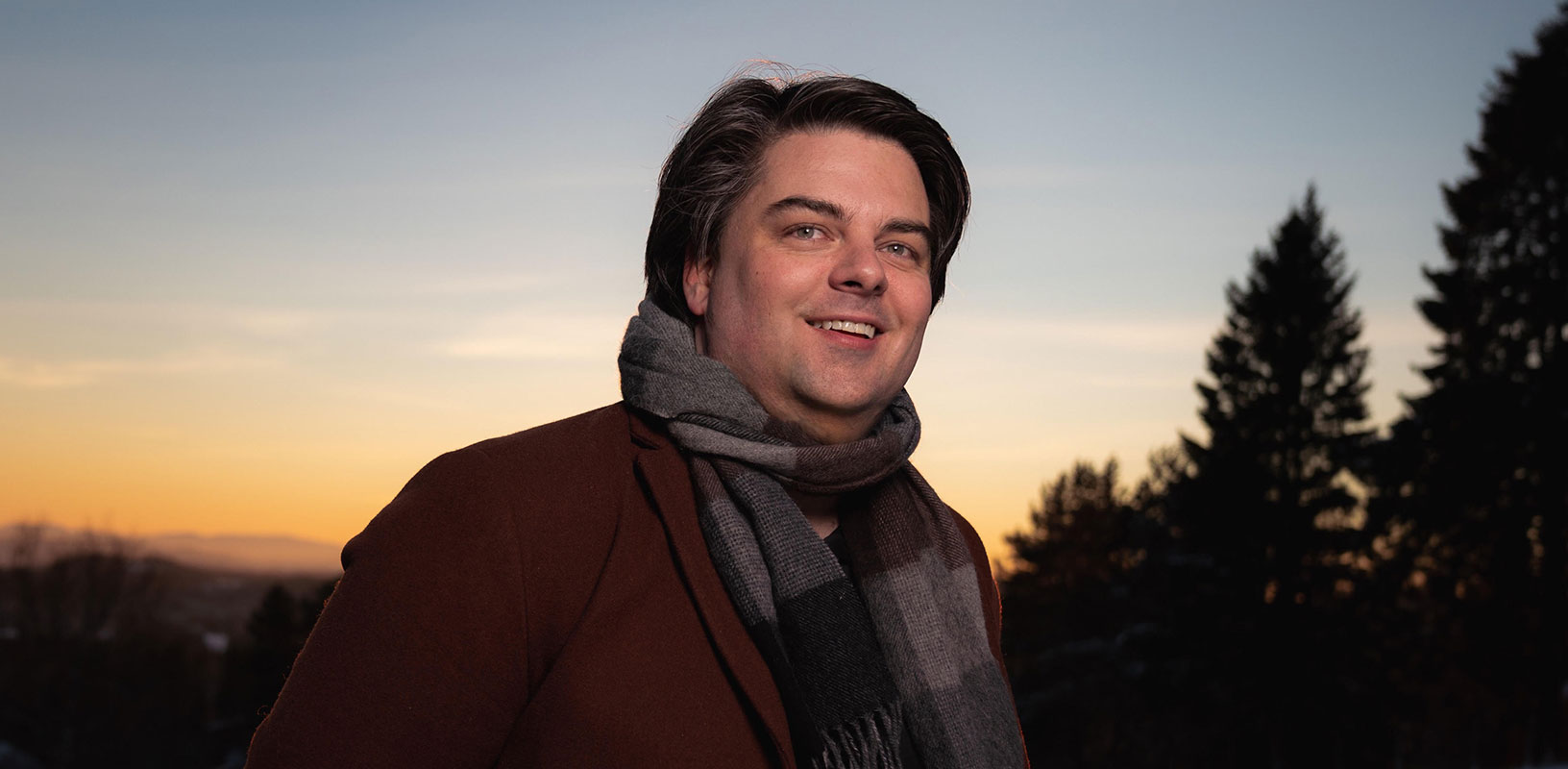Kim André Arnesen interview about Holy Spirit Mass

Norwegian composer Kim André Arnesen introduces his Holy Spirit Mass, released by Decca Classics on 2 April, with Trondheim forces conducted by Sofi Jeannin. The work was premiered in Washington in 2017 with its first European performance following in Rome at the Festival of Sacred Music and Art.
What was the background to the composition of the Holy Spirit Mass ?
The work was commissioned by the National Lutheran Choir and it was decided I should write a Mass, which is something I've always wanted to do as a composer. I sang in the Nidaros Cathedral in my hometown of Trondheim for many years in the boys’ choir so I was introduced to a wide range of settings of the Mass. So, as a composer specialising in choral music, writing a Mass was just a question of when and not if. When this opportunity came I was really excited and, as I try to do with each work, I thought hard about how I could compose a setting in a new way. This seemed a particularly good approach, since it was for the half millennium anniversary of the Reformation, and I decided to combine the Mass texts with those exploring the Holy Spirit.
How do you view the theme of unity 500 years after the Reformation’s radical break?
I believe we have come very far in the dialogue and unity between the churches. I think we always need dialogue, which can give us more understanding and hope for a more united future. There will always be differences between churches and religions but if there is understanding we can live side by side, no matter what faith or no faith we have.
What texts are included in the Holy Spirit Mass ?
The text is mostly from the Ordinary of the Mass: the liturgy typically sung in our churches. One of the other texts I have woven in is the old Latin hymn Veni Creator Spiritus, which is sung a lot during Pentecost and other occasions where the focus is on the Holy Spirit. Another text used is Martin Luther's hymn Come Holy Ghost which is also connected to the overall theme. In addition to this, there are some words by Martin Luther from his explanations of the Creed which I’ve interpolated into the Credo movement. And the final extra text appears in the last movement, the Alleluia.
Why did you decide most of your text should be in the English Language?
When thinking about writing a Mass someday I had always imagined it would be in Latin. That's what I'm used to and I love the Latin language. But since it was for the anniversary of the Reformation, English felt like the only natural option for most of the texts. Part of the theology behind the Reformation was to make religious texts more accessible so that more people could understand them. I have to thank the commissioner for suggesting this idea.
What is the balance between the orchestral and choral forces?
The choir is definitely the focus in this work. There are not many purely instrumental passages but I would still say that the orchestra has a very big part to play - it's not just accompanying the choir and has its own life. I had some comments from one of the orchestral players in rehearsals when they said "Oh, this works without the choir as well". Of the instrumental passages you will especially notice a very big violin solo in the Agnus Dei movement.
Are there any recurring motifs in the Mass?
Some recurring themes do appear in the work, especially some short motifs that are fully developed in the Together in Hope hymn. There are some teasers for this hymn running through earlier movements, and there are some other motifs as well, which help to glue the whole Mass together.
Why do you think this work will particularly appeal to choirs?
My focus as a composer is always on melody and making the music as singable as possible - this probably comes from my background as a chorister. My feedback from singers who have performed this particular work is that they have enjoyed its singability. I also think that rehearsing and performing this Mass can be rewarding because it's not a very challenging score, technically, to learn. You don't have to spend months trying to master your voice part or practising complex rhythms. You can quickly come to the point where you are focusing on expression and shaping a musical performance.
Kim Andre Arnesen's Holy Spirit Mass is released on 2 April by Decca Classics, performed by Trondheim Vocal Ensemble and the Trondheim Soloists conducted by Sofi Jeannin. The score is published on sale by Boosey & Hawkes and performing materials are available from our Rental Library.
> Buy the recording from Decca
> Listen to the recording on Spotify
> Buy the vocal score
> View the full score on our website
> Further information on Work: Holy Spirit Mass
Photo: Ole Wuttudal

